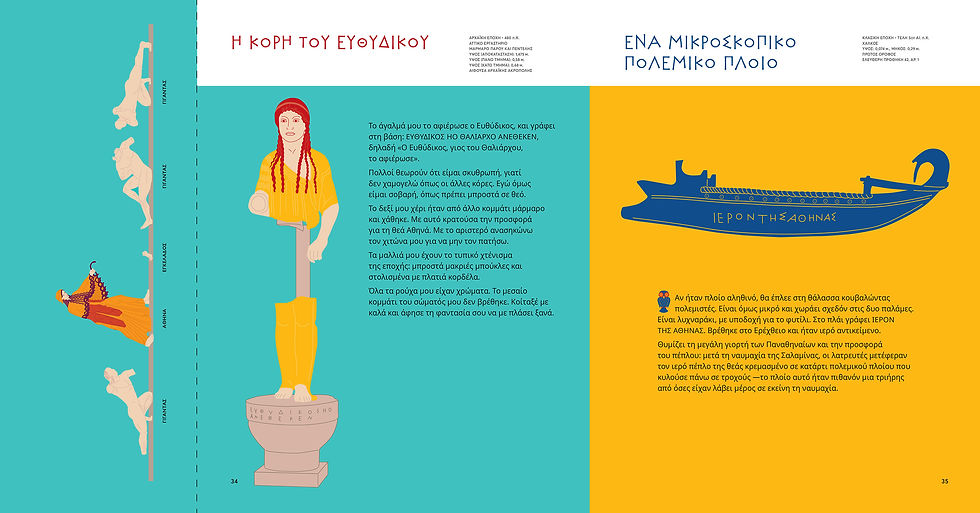Specifications
2 vols. in French with summary in English, German and Greek
526 pages
90 b/w and colour plates
paperback, 22 x 30 cm
Description
Discovered more than a century ago, the Tomb of the Erotes and the Amarynthos Tomb located in the territory of Eretria have never been thoroughly studied. The luxurious furniture of these monuments has attracted a certain amount of critical attention, but the graves themselves, of Macedonian type, have been largely neglected. The study of their architecture, interior planning, inscriptions and offerings raises new questions about the funerary ritual and the identity of their owners. It also leads to a revision of the chronology, dating back to the second quarter of the third century BC for the tomb of the Erotes, and to the second half of the third century BC for the Amarynthos Tomb. These dates concur with the historical data, which attest to the presence of a Macedonian garrison in Eretria for at least two thirds of the third century BC. The royal or princely birth of the deceased buried in the Eretrian thrones cannot be excluded, as the onomastic study suggests: Kratesipolis, the first deceased buried in the central throne, could be a princess from Northern Greece or Epirus. The magnificent tombs of Eretria may have been built for high-ranking dignitaries, presumably members of the Macedonian garrison. The presence of monumental pyres -ephemeral yet imposing constructions- bears witness of a social class concerned with decorum. The ostentatious character of these monuments is exemplified by the position of the Erotes Tomb, whose tumulus is located on a natural hill and crowned by sculptures visible from afar.
The book also discusses the Macedonian presence in Eretria. It brings together literary, epigraphic and archaeological data, all of which enrich our understanding of the history of the city’s Macedonian past and highlight the presence of individuals from Northern Greece. The inventory of Macedonian tombs in Greece is discussed in its historical context, underlining the link between Macedonian presence (often military) and subterranean barrel-vaulted chamber tombs. It is noteworthy that five tombs of this type are known in Euboea. Macedonian tombs were part of a group’s identity and used as markers for identification of those who claimed a link (legitimate or not) with the Macedonian elite.
In many respects, these Macedonian tombs can be considered exceptional. This monograph will hopefully contribute to renew the interest they deserve for the study of Archaeology and Hellenistic Art History, with Eretria and its Macedonian past in background.For additional information pls visit https://www.esag.swiss/publications/
top of page
Άλλα βιβλία
bottom of page

























